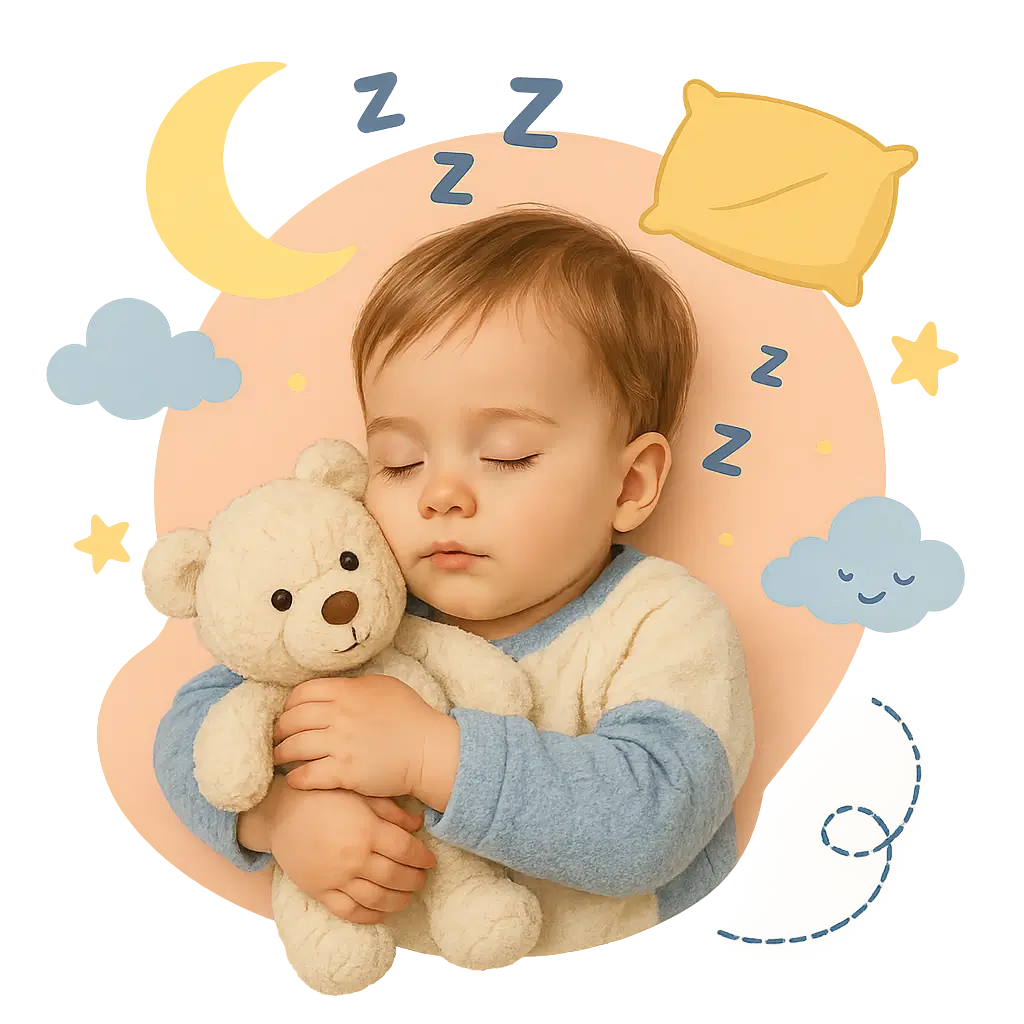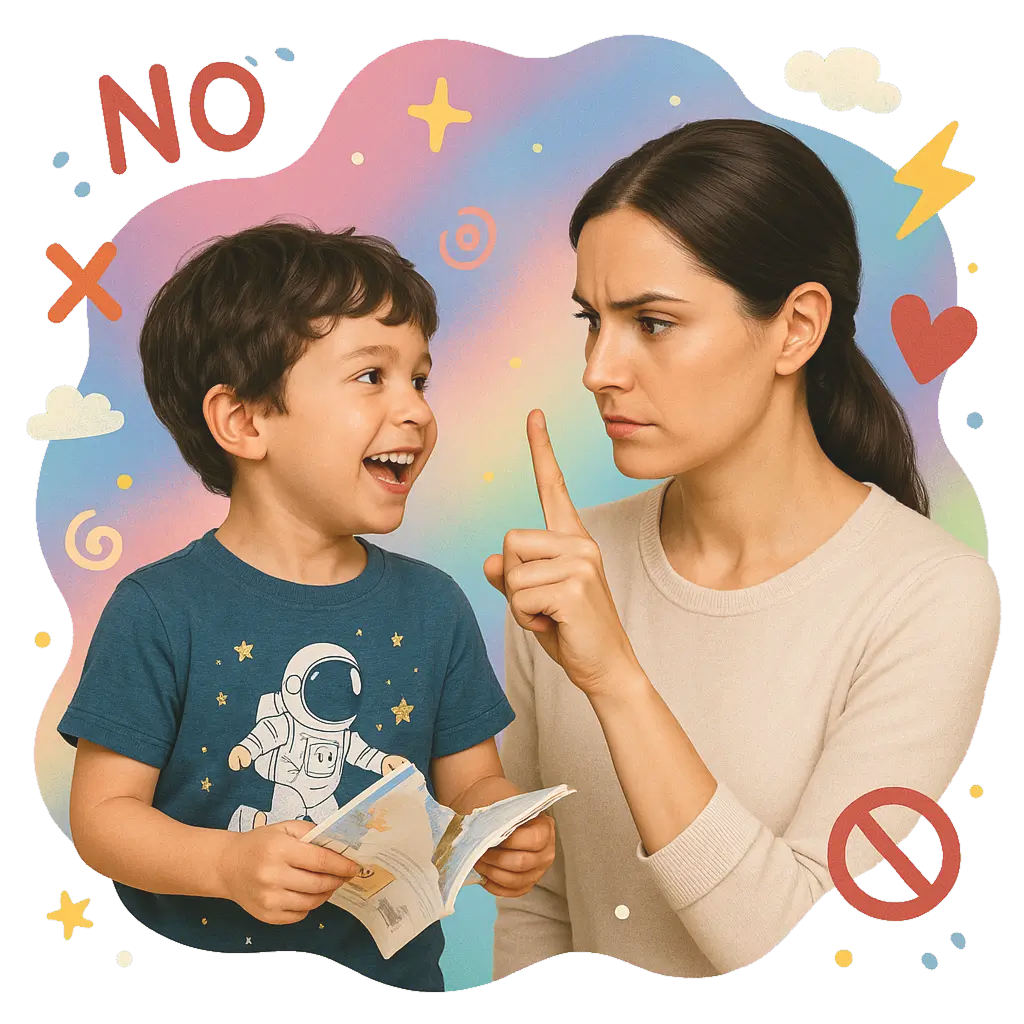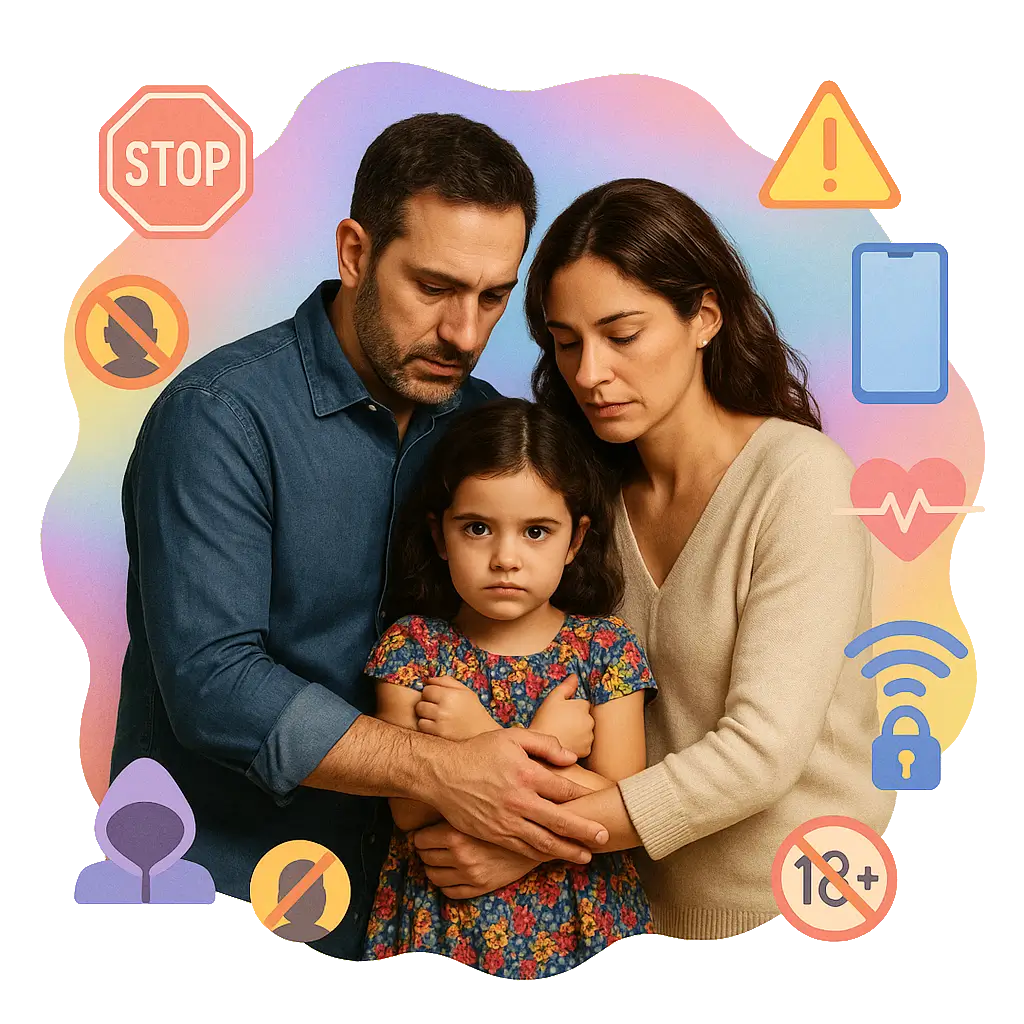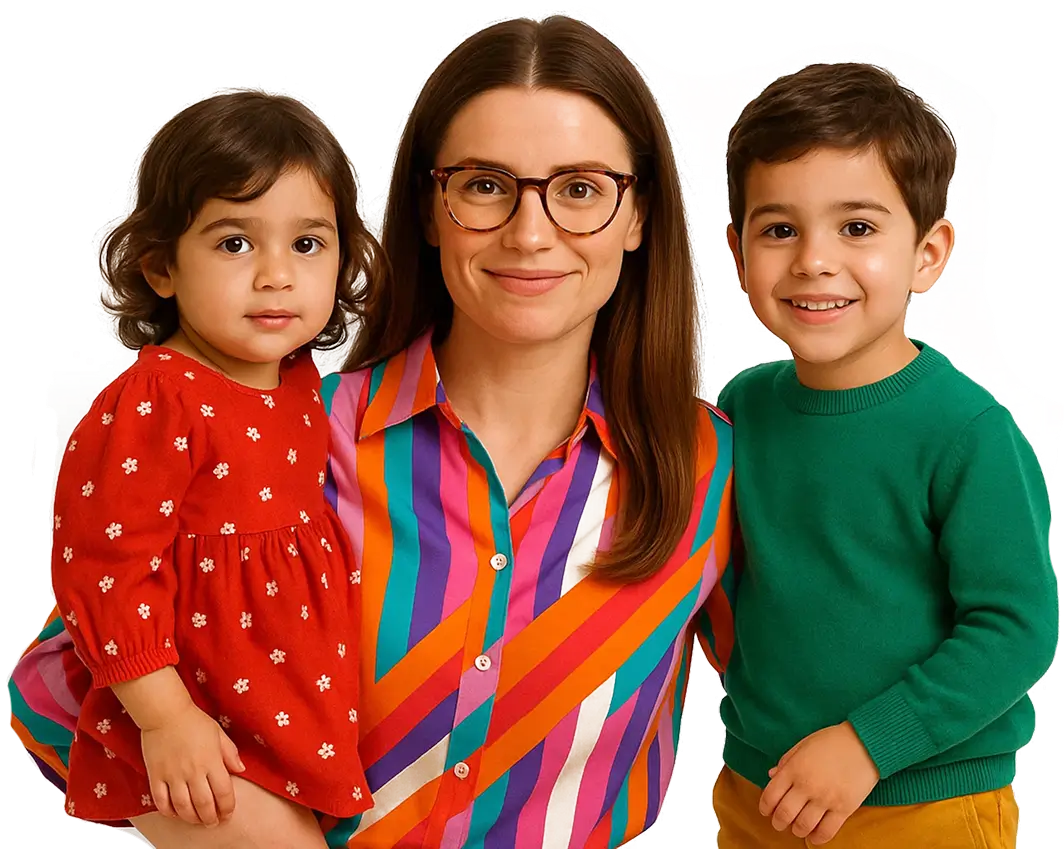Invece di decine di libri
Non offriamo soluzioni magiche, ma ti aiutiamo a comprendere a fondo come si sviluppa il sonno nei primi due anni di vita, come accompagnare il bambino nel passaggio dall’addormentarsi in braccio alla sua autonomia, e come rafforzare il legame di fiducia tra voi.
Il contenuto del corso è basato sulle più recenti ricerche nel campo delle neuroscienze del sonno infantile, della regolazione emotiva, della teoria dell’attaccamento e dello sviluppo neuroaffettivo nei primi anni.
Tutto il materiale si basa su fonti neuropsicologiche e cliniche aggiornate:
• Badenoch, B. (2008). Essere terapeuti del cervello. Neurobiologia interpersonale in psicoterapia
• Bowlby, J. (1988). Una base sicura. Applicazioni cliniche della teoria dell’attaccamento. Bollati Boringhieri
• Panksepp, J. (2005). Neuroscienze affettive. Le origini neurobiologiche delle emozioni umane. Raffaello Cortina
• Anders, T.F., Goodlin-Jones, B.L. (2000). Development of sleep–wake patterns in the first years of life
• Blunden, S., Thompson, K.R., Dawson, D. (2011). Behavioural sleep interventions in children: A critical review of the literature
• Blunden, S., Etherton, H., Hauck, Y.L. (2016). Improving parental sleep and infant sleep with brief sleep education
• Feldman, R. (2007). Parent–infant synchrony and the development of self-regulation
• France, K.G., Blampied, N.M. (1999). The “Camping Out” technique for treating infant sleep disturbance
• Foulkes, D. (1999). Children’s Dreaming and the Development of Consciousness
• Gopnik, A., Meltzoff, A., Kuhl, P. (2007). Il bambino scienziato. Feltrinelli (titolo italiano di The Scientist in the Crib)
• Kuhn, B.R., Elliott, A.J. (2003). Treatment efficacy in behavioral pediatric sleep interventions
• Lillard, A., Else-Quest, N. (2006). The early years: Evaluating Montessori education
• Middlemiss, W., Granger, D.A., Goldberg, W.A., Nathans, L. (2012). Asynchrony of mother–infant hypothalamic–pituitary–adrenal axis activity following extinction of infant crying
• Mindell, J.A., Kuhn, B., Lewin, D., Meltzer, L., Sadeh, A. (2006). Behavioral treatment of bedtime problems and night wakings in infants and young children
• Mindell, J.A., Telofski, L.S., Wiegand, B., Kurtz, E.S. (2009). A nightly bedtime routine: Impact on sleep in young children and maternal mood
• Mindell, J.A., Leichman, E.S., DuMond, C., Sadeh, A. (2015). Sleep and social-emotional development in infants and toddlers
• Montirosso, R., Provenzi, L. (2015). Regolazione del sonno e sviluppo neuroaffettivo nel bambino nei primi anni di vita
• Montirosso, R., Santoro, M. (2016). Il corpo non mente: Lo sviluppo affettivo nei primi 1000 giorni. Raffaello Cortina
• Morrell, J., Cortina-Borja, M. (2002). Effectiveness of a behavioral intervention for infant sleep problems
• Piazza, E.A., Gopnik, A. (2007). Understanding other minds: The developmental origins of empathy
• Porges, S.W. (2011). La teoria polivagale. Fondamenti neurofisiologici delle emozioni, dell’attaccamento, della comunicazione e dell’autoregolazione. Giovanni Fioriti Editore
• Provenzi, L., Giusti, L., Mascheroni, E. et al. (2017). Sleep and neurodevelopment in early life: A systematic review
• Rivkees, S.A. (2003). Developing circadian rhythmicity in infants
• Sadeh, A. et al. (2004, 2009, 2010, 2012). Various studies on infant sleep, parental presence, and stress regulation
• Schore, A.N. (2001). Effects of early relational trauma on right brain development, affect regulation, and infant mental health
• Smeekens, S., Riksen-Walraven, M., Van Bakel, H. (2007). Multiple determinants of infant parenting behavior
• Sroufe, L.A. et al. (2005). The development of the person: The Minnesota study of risk and adaptation from birth to adulthood
• Thomas, A., Chess, S. (1977). Temperament and Development
• Zeifman, D.M., St James-Roberts, I. (2017). Parent-infant interaction and regulation of infant crying.



























































































